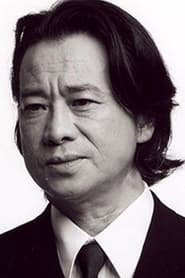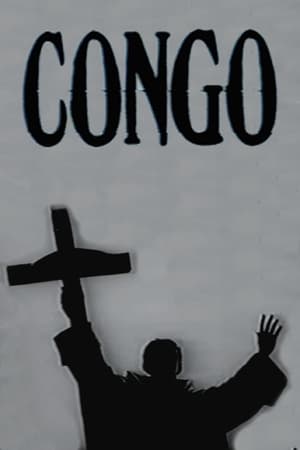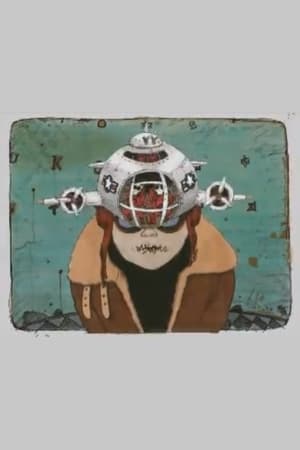

Smallpox Tale(1975)
The smallpox virus has created its own unique atmosphere in Terayama’s film where the skin of a bandaged adolescent and the surface of the filmic image are subjected to a bizarre ‘disturbance’ as snails cross the screen and nails are hammered into the skull of the ailing patient. Illness in this film is as much a psychic entity as a physical one and manifests itself in an array of theatrical tableaux from grotesque women rigorously brushing their teeth to a snooker game where the players in white face makeup behave like automata. A Tale of Smallpox uses a medical theme to chart the traumatic dream life of Terayama’s times, evincing deep-rooted concerns in the Japanese national psyche that hark back to the upheaval of Meiji modernisation and the devastation of World War Two.
Movie: Smallpox Tale

疱瘡譚
HomePage
Overview
The smallpox virus has created its own unique atmosphere in Terayama’s film where the skin of a bandaged adolescent and the surface of the filmic image are subjected to a bizarre ‘disturbance’ as snails cross the screen and nails are hammered into the skull of the ailing patient. Illness in this film is as much a psychic entity as a physical one and manifests itself in an array of theatrical tableaux from grotesque women rigorously brushing their teeth to a snooker game where the players in white face makeup behave like automata. A Tale of Smallpox uses a medical theme to chart the traumatic dream life of Terayama’s times, evincing deep-rooted concerns in the Japanese national psyche that hark back to the upheaval of Meiji modernisation and the devastation of World War Two.
Release Date
1975-01-01
Average
2
Rating:
1.0 startsTagline
Genres
Languages:
Similar Movies
 10.0
10.0We Could All Do With a Little Back & Forth As Far As It Concerns the To & Fro of Everywhere Each of Us Go(en)
(Some of us) Still run down the same [mental&emotional] streets we revered/reproached/replaced as children.
 5.8
5.8Chelsea Girls(en)
Lacking a formal narrative, Warhol's mammoth film follows various residents of the Chelsea Hotel in 1966 New York City. The film was intended to be screened via dual projector set-up.
 5.0
5.0Ciro-Norte(es)
On stormy night in an ugly urban landscape, Ciro Norte, a scientist with wild hair and thick glasses, straps himself to a chair he's has fashioned with wires: lightening strikes, convulsing him. It seems his experiment has not worked. The next day, he drives his jalopy to a bar, sits alone, and weeps. But suddenly, a vortex sucks him into a dream state where he wanders, escapes man-eating fish, confronts his doppelganger, walks through a field of giant flowers, and comes upon Venus herself, buried up to her shoulders in sand. She is a giant, and she takes him to her breast. He wakes from the vortex, back in the bar, his mood transformed.
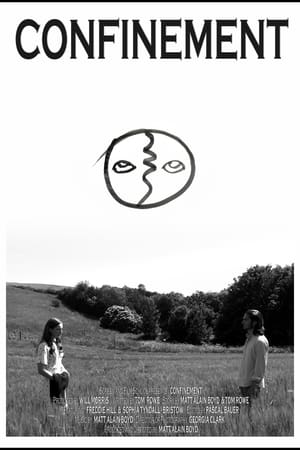 0.0
0.0Confinement(en)
Waking up in a locked room, a prisoner must overcome their personal demons in order to move on from heartache and earn their freedom.
 0.0
0.0Thirteen Ways of Looking at a Blackbird(pt)
Taking its title from the poem by Wallace Stevens, the film is composed of a series of attempts at looking and being looked at. Beginning as a city state commission under the name and attitude of “Unschool”, the film became a kaleidoscope of the experiences, questions and wonders of a couple of high school students after a year of experiences with filmmaker Ana Vaz questioning what cinema can be. Here, the camera becomes an instrument of inquiry, a pencil, a song.
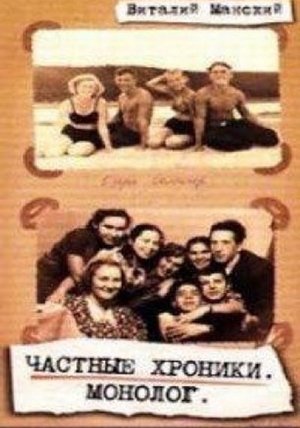 0.0
0.0Private Chronicles: Monologue(ru)
The collective life of the generation born as Jurij Gagarin became the first man in space. Vitaly Mansky has woven together a fictional biography – taken from over 5.000 hours of film material, and 20.000 still pictures made for home use. A moving document of the fictional, but nonetheless true life of the generation who grew up in this time of huge change and upheaval.
Highlights(en)
Lights flicker & fade as focus shifts from artificial to natural light, ending on a second artificial light speeding through the blackened miasma of the night sky.
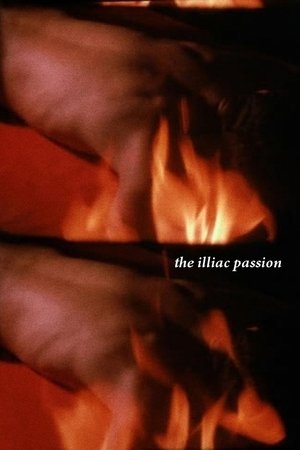 4.2
4.2The Illiac Passion(en)
Prometheus, on an Odyssean journey, crosses the Brooklyn Bridge in search of the characters of his imagination. After meeting the Muse, he proceeds to the "forest." There, under an apple tree, he communes with his selves, represented by celebrated personages from the New York "underground scene" who appear as modern correlatives to the figures of Greek mythology. The filmmaker, who narrates the situations with a translation of Aeschylus' Prometheus Bound, finds the personalities of his characters to have a timeless universality.
The Sacred Disease(en)
A bereaved epileptic ditches her pills and follows a mysterious woman to the outskirts of her town, where she slips back into the fearsome yet ecstatic throes of the seizure.
 6.5
6.5The Letter(fr)
Michael Gondry's examination of childhood love is replete with his trademark surreality. One evening at the turn of the century, Stephane discusses with his brother the end of the millenium, but also girls, particularly Aurelie, a classmate with whom he is secretly in love. The following day, Aurelie has a letter to give to him....
Roman Chariot(en)
A vehicle of consciousness navigates the vertiginous labyrinths of San Francisco. ROMAN CHARIOT was filmed over several months with a spy camera mounted on filmmaker David Sherman's son's baby carriage.
 6.0
6.0The Big Departure(fr)
This is the only feature directed by the famed French painter and sculptor Martial Raysse. In keeping with the revolutionary spirit of the time, the movie has no plot to speak of and appears to have been largely made up on the spot. We follow the cat man into a bizarre fantasy universe presented in negative exposure that reverses color values (black is white and vice versa) and written words. The cat man steals a car and then picks up a young girl he promises to take to “Heaven.” Heaven turns out to be a country chateau inhabited by several more animal mask wearing weirdoes...
 0.0
0.0Uzumasa Jacopetti(ja)
Set in Uzumasa, Kyoto, Shoji Hyakkan lives with his wife and kid happily. He then begins to build a house held together by magnets. One night, Koji steals and kills a cow, to use its cowhide as decoration wall material for his magnet house. By chance, Police Officer Kobayakawa happens to see what Shoji Hyakkan is doing. Police Officer Kobayakawa then offers Shoji a deal. (c) Asianwiki
 7.0
7.0The Bomb(en)
Filmmakers use archival footage and animation to explore the culture surrounding nuclear weapons, the fascination they inspire and the perverse appeal they still exert.
 5.5
5.5Finds Itself in Corners(en)
Lines align during acclimated apexes, shadowy vertices, and bright burrows.
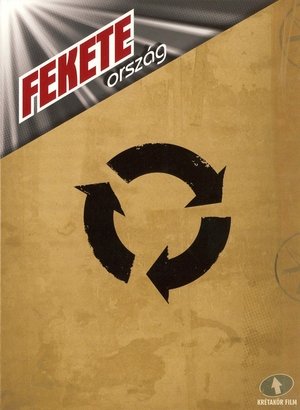 5.0
5.0BLACKland(hu)
The film is a stage play hybrid showcasing dark and absurd sketches based on contemporary Hungarian news of the 2000's with campy, senseless musical interludes in-between. Highly experimental in nature that - like Marmite - will split its' crowd into ones that'll love it and others that'll loathe it. There's no middle grounds here. The topics included are: The Hungarian Olympians' doping scandal, political terrorism, the national elections... and more.
 0.0
0.0Ordinary Things (that happened in the childhood home of the maker of this film)(en)
Somewhere between the 1930s and now, the cameras start turning and Joan Crawford, Bette Davis and Marlene Dietrich gather on one film set. The floor gleams, the spotlights are burning, the narration starts. Born out of a fascination for the construction that is Hollywood, and by extension ‘the perfect Hollywood home’, the maker embodies three actresses from Hollywood’s golden era and their so-called private lives. Their smallest personality traits are performed so precise and characteristically that it becomes artificial. The home isn’t homely. It plays “house” and the inhabitants are speaking Hollywoodian. In this setting, the maker of the film recalls memories of growing up in her childhood home.


